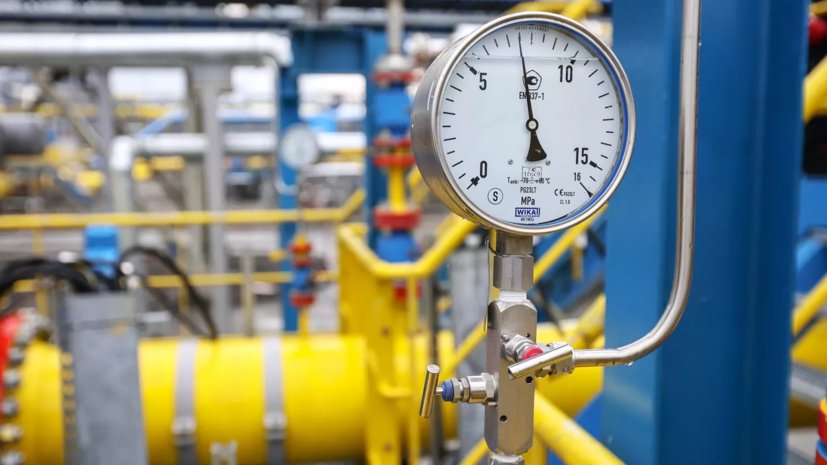According to the expert, the heating season begins in most European countries on October 1, and against this background, the consumption of energy resources increases, as well as their withdrawal from underground storage facilities.
"At the same time, it is starting to get really cold in Europe, which further increases the consumption of natural gas. There are also regular concerns about supply disruptions from Norway or Australia amid strikes," Chernov said.
Nevertheless, the analyst recalled that European underground gas storage facilities this year are filled by a record amount, which is about 15% ahead of the average occupancy over the past 5 years.
"We should not expect a shortage of gas, especially given the slowdown in European industry. The production volumes of Germany, for example, which was considered the "locomotive" of European industry, have been falling for four months in a row, since May 2023. The beginning of the heating season on the market has already been won back and now the cost of gas will simply shift to the trading range a little higher in the region of $450-550 per thousand cubic meters," Chernov explained.
In his opinion, prices will begin to rise if it gets colder, or there will be some reports about the possible risks of strikes at oil and gas enterprises in Norway or Australia.
Earlier, gas exchange prices in Europe exceeded $22 per 500,1 cubic meters for the first time since August <>.

